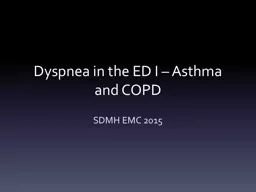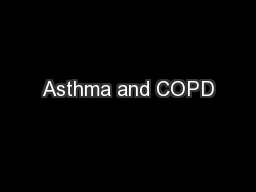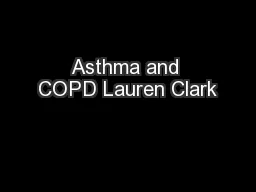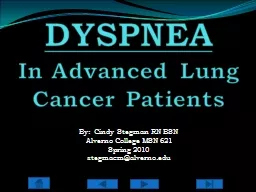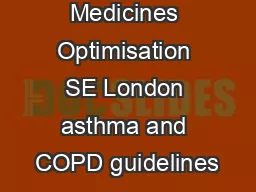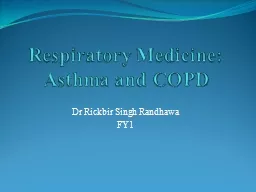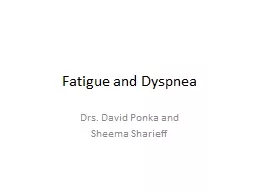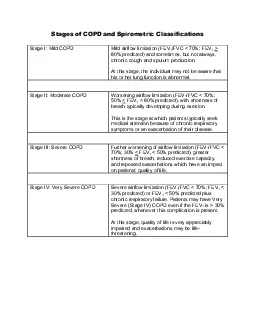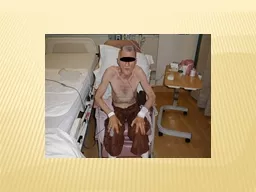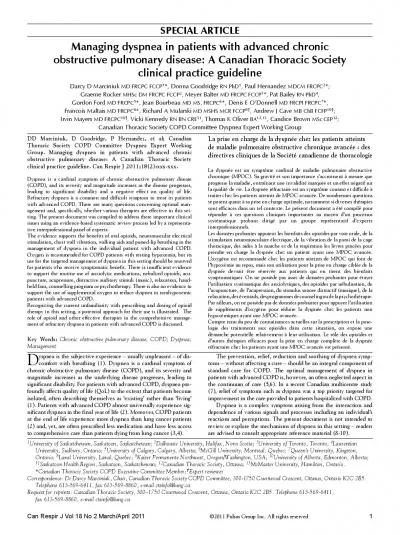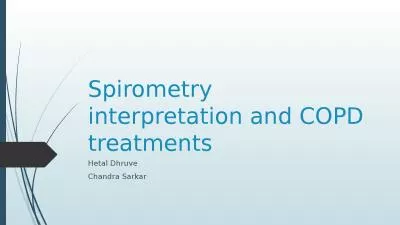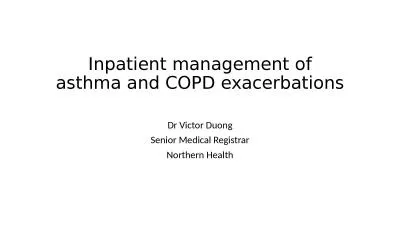PPT-Dyspnea in the ED I – Asthma and COPD
Author : pasty-toler | Published Date : 2017-09-14
SDMH EMC 2015 1 Asthma Objectives Understand assessment of acute asthma in adults Outline management strategy dependent upon severity Approach to initial management
Presentation Embed Code
Download Presentation
Download Presentation The PPT/PDF document "Dyspnea in the ED I – Asthma and COPD" is the property of its rightful owner. Permission is granted to download and print the materials on this website for personal, non-commercial use only, and to display it on your personal computer provided you do not modify the materials and that you retain all copyright notices contained in the materials. By downloading content from our website, you accept the terms of this agreement.
Dyspnea in the ED I – Asthma and COPD: Transcript
Download Rules Of Document
"Dyspnea in the ED I – Asthma and COPD"The content belongs to its owner. You may download and print it for personal use, without modification, and keep all copyright notices. By downloading, you agree to these terms.
Related Documents

